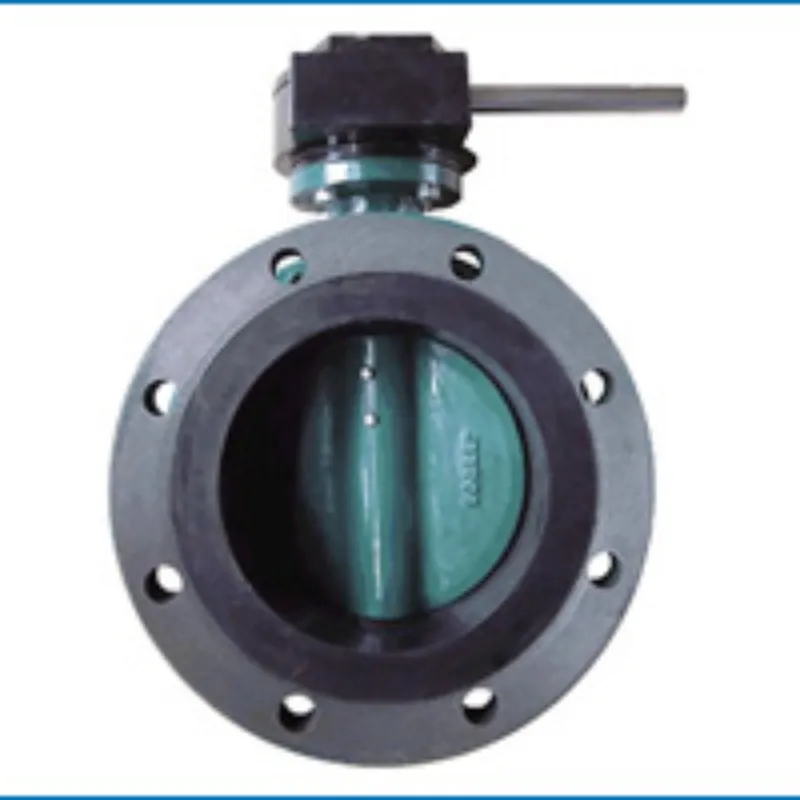វិច្ឆិកា . 27, 2024 13:48 Back to list
Air Pressure Relief Mechanism for Safe System Operation and Maintenance Practices
Air Pressure Release Valve Ensuring Safety in Pressure Systems
The air pressure release valve, often referred to as a pressure relief valve (PRV), is a crucial component in various industrial applications, ensuring safety and preventing potential hazards related to excessive pressure build-up. These valves are designed to automatically release pressure from a system when it exceeds a predetermined limit, safeguarding both the equipment and the personnel involved.
Understanding Pressure Dynamics
To appreciate the importance of air pressure release valves, one must first understand the concept of pressure within closed systems. When gases or liquids are confined in a container, they can generate pressure due to thermal expansion, chemical reactions, or mechanical processes. If uncontrolled, this pressure can escalate to dangerous levels, leading to catastrophic failures such as explosions or structural damage. Hence, pressure management is a vital aspect of engineering disciplines, particularly in sectors like petrochemicals, automotive, and manufacturing.
Principle of Operation
The air pressure release valve operates on a straightforward principle it opens when the internal pressure of a system exceeds the set pressure limit. Typically, a spring mechanism holds the valve closed under normal operating conditions. Once the pressure exceeds the designated threshold, the force generated by the pressure overcomes the spring tension, enabling the valve to open. This process allows excess pressure to vent safely into the atmosphere or redirect it back into the system in a controlled manner.
Types of Pressure Release Valves
There are several types of air pressure release valves available, each designed for specific applications
1. Spring-Loaded Relief Valves This is the most common type. The valve opens in response to overstress, using a spring to maintain closure until the setpoint is reached.
2. Pilot-Operated Relief Valves These valves use a smaller pilot valve that opens in response to pressure, allowing a larger valve to open more efficiently. This type is suitable for high-pressure applications.
4. Safety Valves Often used in steam systems, these valves operate automatically, ensuring immediate response to unsafe pressure levels.
air pressure release valve

Applications
Air pressure release valves are used across various industries
- Oil and Gas They protect pipelines and storage tanks from overpressure scenarios due to thermal expansion or equipment malfunction.
- Chemical Processing In reactors and tanks, PRVs prevent hazardous chemical reactions by managing pressure variations effectively.
- HVAC Systems In heating, ventilation, and air conditioning systems, these valves help maintain appropriate pressure levels, ensuring efficient operation and preventing equipment damage.
- Aerospace and Automotive Industries They are essential in hydraulic systems, fuel tanks, and various pressurized components to ensure safety during operation.
Compliance and Standards
Ensuring the proper functioning of air pressure release valves is not only critical for safety but also often mandated by regulatory standards. Organizations like the American Society of Mechanical Engineers (ASME) and the American National Standards Institute (ANSI) provide guidelines for the design, installation, and maintenance of pressure relief systems. Compliance with these standards helps organizations mitigate risks while ensuring operational efficiency.
Maintenance and Inspection
Regular maintenance and inspection of air pressure release valves are essential to ensuring their reliability. This includes checking for leakage, corrosion, and mechanical wear over time. Organizations should develop a comprehensive maintenance schedule and adhere to manufacturer specifications for testing and replacing valves as necessary. Failure to maintain these components can lead to failures that may compromise safety.
Conclusion
The air pressure release valve is an indispensable element in various industrial applications, playing a pivotal role in safety and stability. By understanding its operational principles, types, and applications, industries can better appreciate the importance of these valves in preventing overpressure scenarios. Regular maintenance and adherence to safety standards are paramount to ensure that these valves function correctly, safeguarding both people and equipment from the dangers associated with uncontrolled pressure.
Share
-
Reliable Wafer Type Butterfly Valves for Every IndustryNewsJul.25,2025
-
Reliable Flow Control Begins with the Right Ball Check ValveNewsJul.25,2025
-
Precision Flow Control Starts with Quality ValvesNewsJul.25,2025
-
Industrial Flow Control ReliabilityNewsJul.25,2025
-
Engineered for Efficiency Gate Valves That Power Industrial PerformanceNewsJul.25,2025
-
Empowering Infrastructure Through Quality ManufacturingNewsJul.25,2025